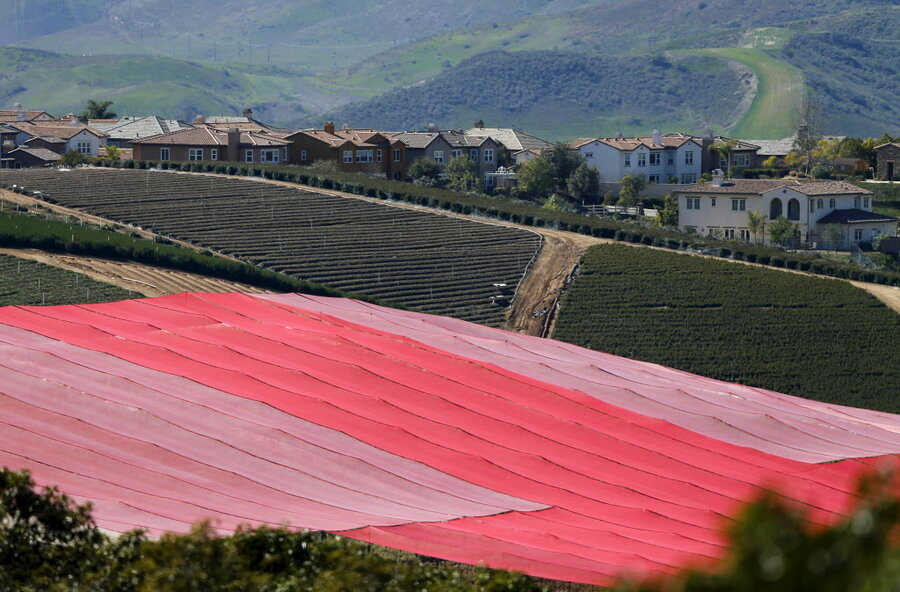Ten food policy questions the presidential candidates should answer
Loading...
In a recent poll by Union of Concerned Scientists, 94 percent of American voters expressed concern about the state of the food system – and said that it was a very important issue to them. More than ever before, Americans are concerned about what they’re eating, how it was grown, where it was grown, and by whom.
The race for the 2016 presidency has begun in earnest, and it is time for the candidates to answer some questions about their policies towards food and agriculture. Mark Bittman, former food columnist for The New York Times and healthy eating advocate, stated that “…if we demand answers, we must first ask the questions.”
Here are the 10 food policy questions we should be asking the 2016 Presidential candidates. Bernie, Donald, Hilary, and Ted: Are you listening?
1. In 2014, a group of leaders in the food justice movement, including food writer Michael Pollan and former United Nations Special Rapporteur on the Right to Food Olivier De Schutter, argued that the United States was in urgent need of a National Food Policy. Do you agree? If so, how do you plan to implement this policy?
2. According to a recent poll by the New York Times, 93 percent of Americans are in favor of labeling genetically modified organisms (GMOs). What is your stance on GMO labeling, and what changes would you make towards the current policy, which does not require products to be labeled?
3. There is a growing interest in organic fruits and vegetables in the U.S., yet our farmers are struggling to meet their consumers’ demands. How would you support small and medium-sized organic farmers? In addition, are you in favor of increasing funding for organic production?
4. According to the most recent census by the U.S. Department of Agriculture (USDA), the average age of the American farmer is 58 years old. This is roughly six years older than the average age of farmers 30 years ago. How would you and your administration encourage young people to consider working in agriculture, and give beginning farmers a leg up?
5. In 2015, Forbes reported that seven of the 10 worst-paying jobs in America are in the food system. Additionally, farm workers often struggle with injustice and lack of safety standards. What would you do to improve the conditions of those who work in the food industry, both on an agricultural level and in food production and sales?
6. The Supplemental Nutrition Assistance Program (SNAP) is a domestic hunger safety net that helps ensure that all families can afford healthy food. This program reaches even further with the help of Double up Food Bucks, which partners with other anti-hunger leaders like Wholesome Wave to give participants double the money to spend on locally grown produce. However, it is often devalued and deprived of resources. What would you do to eradicate hunger in America, and give families access to wholesome produce?
7. The U.S. Department of Agriculture (USDA) Economic Research Service estimates that 23.5 million people live in food deserts, or areas without access to fresh, healthy, and affordable food. Do you think that the government can play a role in eliminating food deserts? What would you do as president to ensure all Americans have access to healthy food?
8. According to the Intergovernmental Panel on Climate Change, increasing temperatures, droughts, floods, and other impacts of climate change will have a drastic effect on food production, particularly in the developing world. What plans do you have to mitigate the agricultural symptoms of climate change, and to help farmers adapt?
9. President Obama instituted several sustainable food initiatives during his administration, from the White House Garden to the Healthy, Hunger-Free Kids Act. Would you carry these initiatives over to your presidency?
10. According to the Union of Concerned Scientists, improving our diets by eating more fruits and vegetables could save 100,000 lives and US$17 billion in healthcare costs. What would you, as president, do to ensure that every American has access to food that is sustainable, safe, healthy, and affordable?
This article first appeared at Food Tank.





